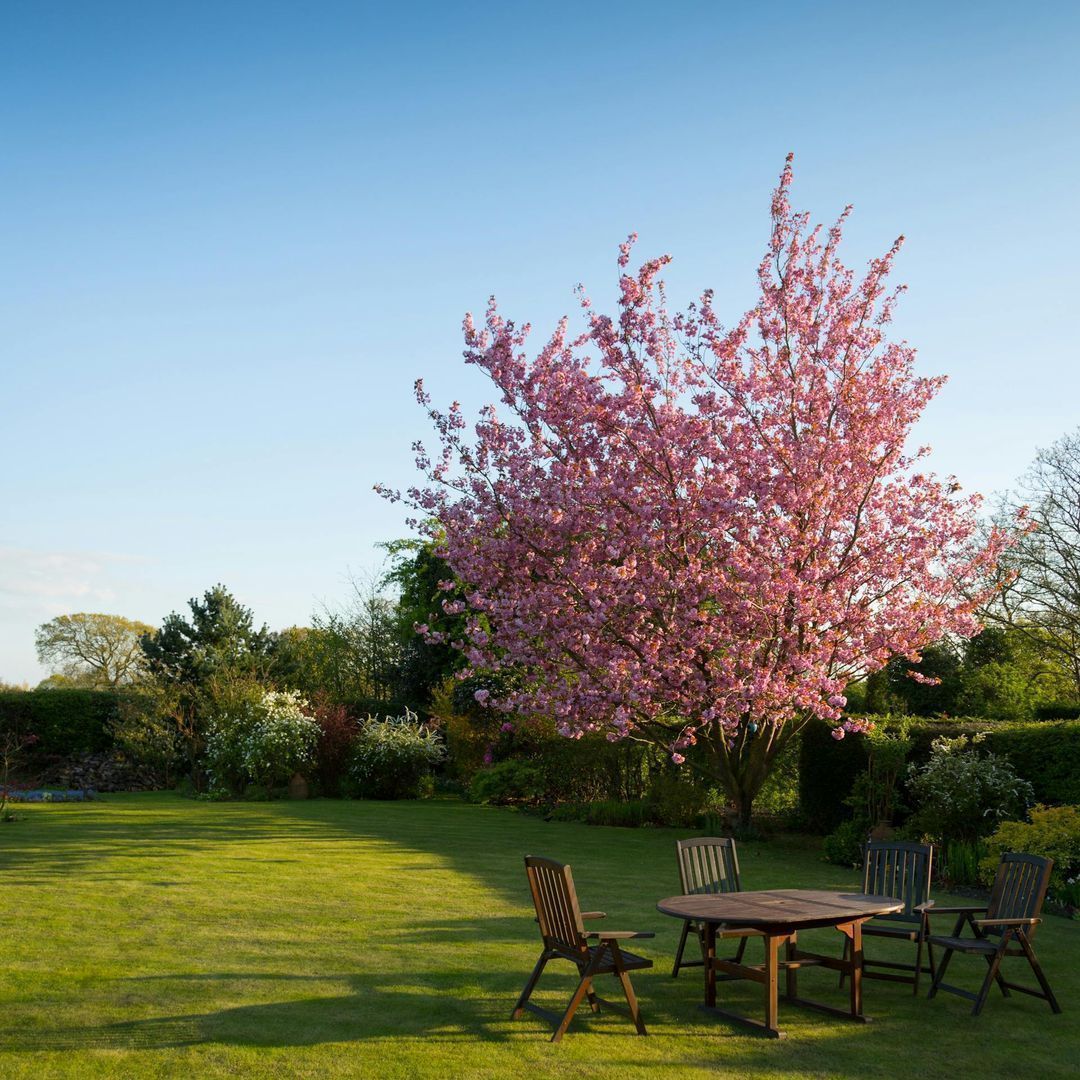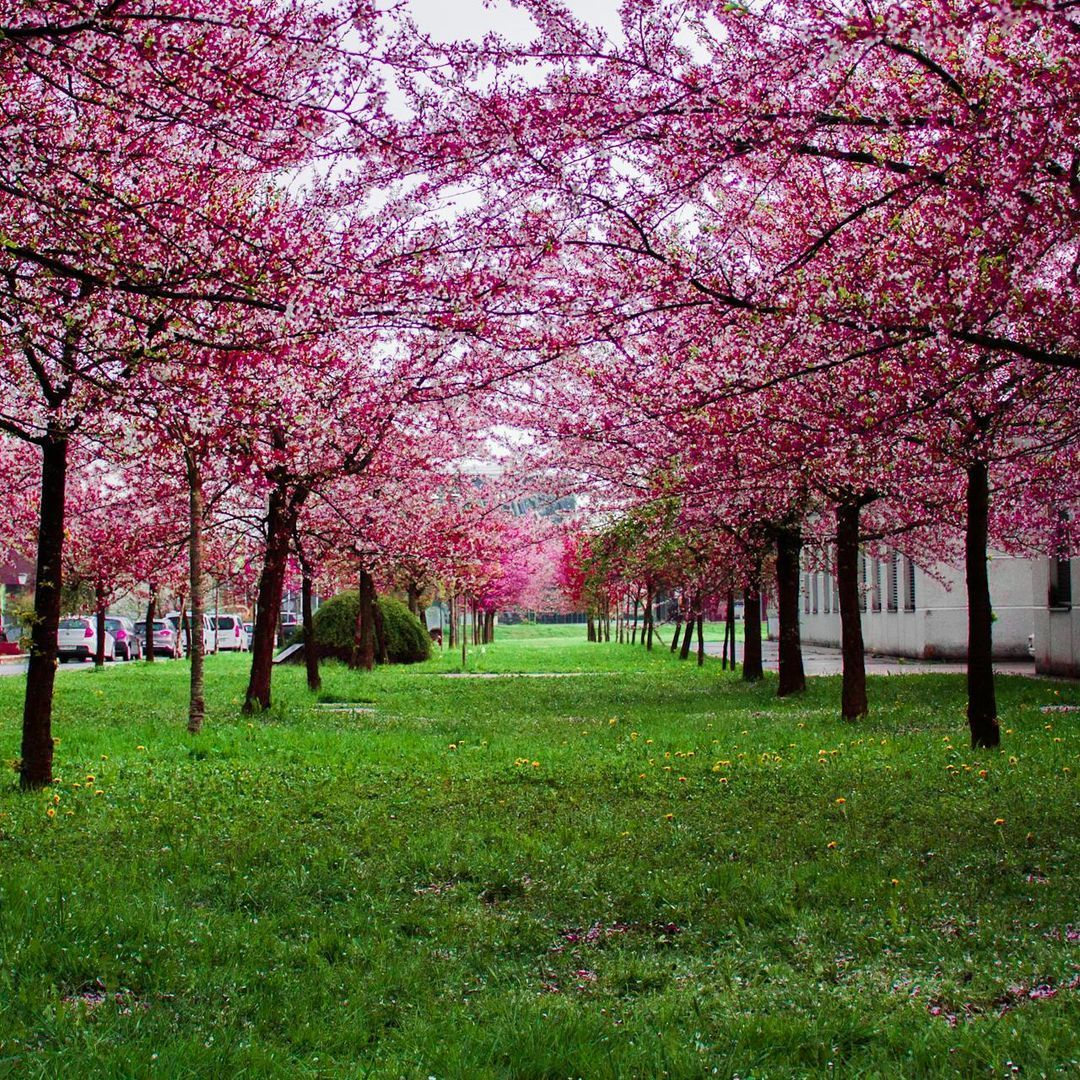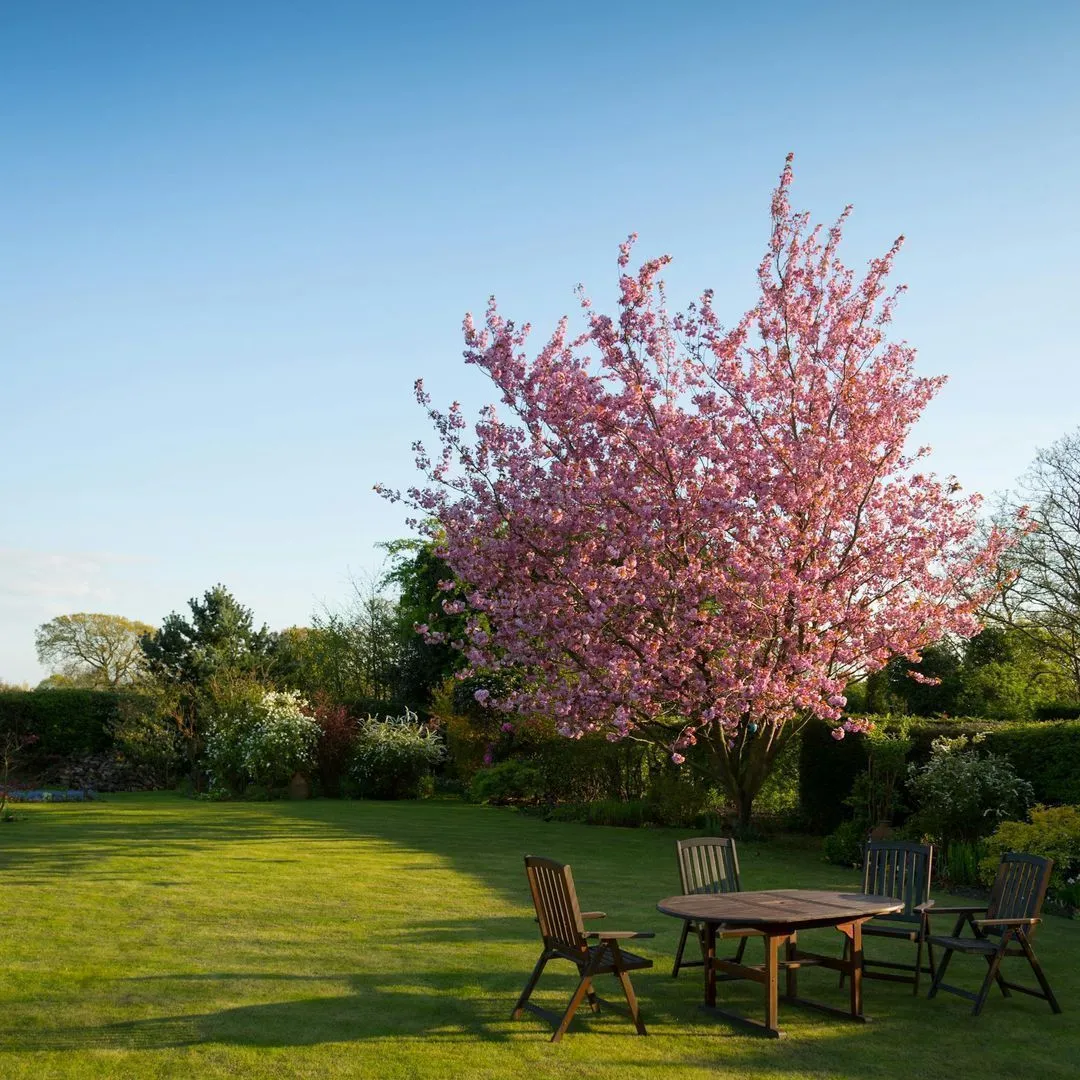Therapeutic Gardens: The Healing Power of Nature at Your Fingertips

Imagine walking among green plants, colorful flowers, and scents that caress the senses. The light breeze caressing your face, the chirping of birds in the background, and the gently flowing water. Doesnt that sound like a panacea for the soul? This is the heart of therapeutic gardens, spaces specifically created to promote well-being, stimulate the senses, and even heal the body and mind. Therapeutic gardens arent just beautiful to look at; they are true healing tools, used in hospitals, nursing homes, schools, and rehabilitation centers. But what makes them so special? Why are more and more people turning to these places to find serenity? And above all, how can we integrate them into our daily lives? Lets find out together.
What are therapeutic gardens?
Therapeutic gardens are not simply green spaces, but environments designed with a specific purpose: to improve the physical, mental, and emotional health of those who live there. Every element, from the plants to the structures, is designed to promote relaxation, contemplation, and interaction with nature. They are based on a simple yet powerful idea: contact with nature has beneficial effects documented by numerous scientific studies. It reduces stress, lowers blood pressure, improves mood, and promotes recovery from trauma or illness. In short, a therapeutic garden is like natural medicine... but without the side effects!
The history of therapeutic gardens
Although the term therapeutic garden may seem modern, the idea of using nature as a healing tool is ancient. As early as the Middle Ages, European monasteries had orchards, gardens where medicinal herbs were grown, but which also offered spaces for reflection and peace for monks and the sick. Even in ancient Egypt, doctors recommended walks in gardens to relieve anxiety and rejuvenate the spirit. And during the Renaissance, the idea of the garden as a place of physical and mental refreshment spread to Italian courts. The true renaissance of therapeutic gardens, however, has come in recent decades, thanks to research demonstrating their therapeutic potential. Today, they are used worldwide, from hospitals like the Niguarda Hospital in Milan to famous examples like the Healing Garden at the Chicago Botanic Garden.
How do therapeutic gardens work?
Therapeutic gardens are not all the same: each space is designed based on the specific needs of those who will use it. Some are dedicated to children with learning disabilities, others to seniors with dementia, still others to cancer patients or war veterans. Here are some of the elements that make a therapeutic garden effective: 1. Sensory stimulation: Fragrant plants like lavender, aromatic herbs like rosemary, and the sound of water help stimulate the senses and relax the mind. 2. Accessibility: Wide, unobstructed paths and wheelchair-accessible areas allow everyone to enjoy them. 3. Interactivity: Some gardens include areas where visitors can touch plants, pick fruit, or simply sit and observe nature. 4. Thematic zones: Some gardens offer specific spaces, such as areas dedicated to meditation or cultivation, to encourage therapeutic activities. 5. Biophilic design: The use of natural elements, such as wood, stone, and water, creates a harmonious environment that promotes well-being.
Curiosities about the benefits of therapeutic gardens
Here are some interesting facts that demonstrate the powerful connection between humans and nature: The color green is truly relaxing: Several studies confirm that looking at greenery lowers cortisol levels (the stress hormone) and promotes calm. The scent of lavender aids sleep: Walking in a lavender garden can improve sleep quality thanks to its relaxing properties. Planting a flower can do wonders for your mood: A study conducted in the Netherlands showed that just 30 minutes of gardening significantly reduced symptoms of anxiety and depression. Gardens for memory: In gardens for seniors with Alzheimers, familiar plants like mint or sage can reawaken memories and stimulate conversations.
Who can benefit from healing gardens?

Virtually everyone. Therapeutic gardens are a versatile tool that can be adapted to many needs: Hospitalized patients: A 1984 study showed that patients who could see trees from their windows recovered more quickly than those with a view of a wall. Elderly: They improve mood, reduce loneliness, and encourage physical activity. Children: They stimulate creativity, learning, and connection with nature in an increasingly digital age. Stressed people: Walking in a therapeutic garden is a natural antidote to the daily grind.
How to create a therapeutic garden at home

You dont need a large space to enjoy nature: even a small green corner can transform into a haven of well-being. Here are some ideas to get you started: 1. Choose aromatic plants: Lavender, rosemary, basil, and mint are easy to grow and delight the senses. 2. Add water: A small fountain or container with running water can create a relaxing atmosphere. 3. Play with colors: Flowers like marigolds, geraniums, or primroses add a vibrant touch that lifts your mood. 4. Create a relaxation area: A comfortable bench or chair surrounded by greenery is perfect for reading, meditating, or simply observing. 5. Integrate sensory elements: Stones, wood, and natural materials make the space more welcoming and inspiring.
Therapeutic Gardens: A Green Future
With the increasing stress and challenges of modern life, therapeutic gardens are becoming increasingly relevant. They are not just places of beauty, but tools of healing, spaces that remind us of natures power to regenerate body and soul. Whether youre looking for a break from the daily grind or a way to improve your quality of life, a therapeutic garden is an invitation to reconnect with what truly matters: simplicity, beauty, and a profound connection with the natural world. We may not be able to heal everything with plants, but we can start with a seed.

gourmet
Data di inserimento 21 nov 2024
Report article


Comments
There are no comments yet.